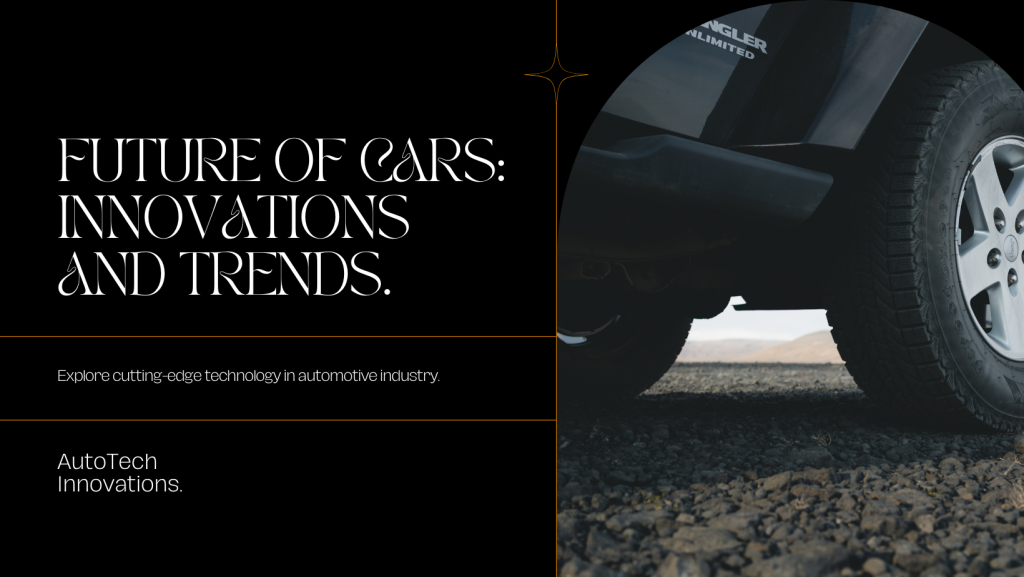Technology, sustainability, and connection advances are driving an unprecedented rate of Automotive Innovation. Future automotive technologies promise to completely transform how we commute, travel, and interact with our cars. These technologies include electric vehicles (EVs), autonomous driving, smart infrastructure, and alternative fuels.
In the automotive business, electric vehicles (EVs) have revolutionized the market by providing a more environmentally friendly and sustainable substitute for conventional gasoline-powered cars. As people look for more environmentally friendly transportation options, EVs are becoming a more attractive option because to advancements in battery technology, charging infrastructure, and range. With aggressive intentions to electrify their fleets of vehicles and lower carbon emissions in the transportation sector, automakers are making significant investments in the development of electric vehicles.
Another significant advancement influencing automobiles in the future is autonomous driving technology, which offers safer, more effective transit options. With sensors, cameras, and artificial intelligence (AI) algorithms installed, self-driving cars can navigate highways, identify barriers, and make judgments instantly, lowering the chance of collisions and enhancing traffic flow. Semi-autonomous technologies like adaptive cruise control and lane-keeping assistance are currently standard on many new car models, providing a preview of what automated driving may look like in the future, even if completely driverless vehicles are still in the development stage.
As cars are more and more connected to the internet and other smart gadgets, connectivity is also changing what it means to drive.
Connected automobiles provide a plethora of amenities that improve safety, convenience, and entertainment for both drivers and passengers. These features range from in-car infotainment systems and navigation apps to over-the-air upgrades and remote vehicle monitoring. Additionally, cars may communicate with traffic signals and with other vehicles thanks to vehicle-to-vehicle (V2V) and vehicle-to-infrastructure (V2I) communication technologies, which help to lower traffic and prevent accidents.
Our ideas about mobility and transportation will change along with the further development of cars. The way we move around and engage with the world around us will be drastically changed by advancements in electric vehicles, autonomous driving, and networking. Future cars are expected to be safer, more efficient, more sustainable than ever before.




